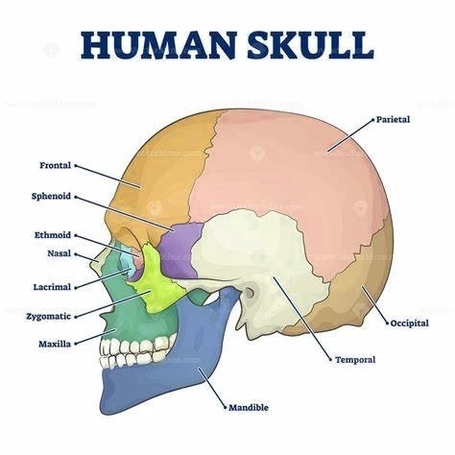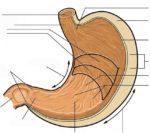The human body’s skeletal system is a complex structure that serves multiple functions, including providing shape, support, and protection to the body, facilitating movement, and producing blood cells. Here’s a visual exploration of the human body’s bones:
1. Structure of the Skeletal System: The skeletal system comprises over 200 bones, cartilage, and ligaments. The adult human skeleton consists of 206 bones that provide structure, protection, and facilitate motion.
2. Types of Bones: Bones are categorized by their shape and function into five types: long bones (e.g., femur), flat bones (e.g., frontal bone), sesamoid bones (e.g., patella), short bones (e.g., carpals and tarsals), and irregular bones.
3. Axial and Appendicular Skeleton: All skeletal structures belong to either the axial skeleton (skull, vertebral column, and thoracic cage) or the appendicular skeleton (girdles and limbs).
4. Protection of Vital Organs: The skeleton protects vital organs. The brain is surrounded by bones that form part of the skull. The heart and lungs are located within the thoracic cavity, and the vertebral column provides structure and protection for the spinal cord.
5. Interactions with Muscles and Nerves: Muscles throughout the human body are attached to bones. Nerves around a muscle can signal the muscle to move. When the nervous system sends commands to skeletal muscles, the muscles contract, producing movement at the joints between bones.
6. Visualizing the Skeletal System: There are several online tools available for visualizing the human skeletal system. For instance, Zygote Body is a free online 3D anatomy atlas that allows you to view, isolate, and learn human anatomy structures. Visible Body provides an overview of the skeleton and key facts about the human skeleton. The BioDigital Human Platform offers interactive 3D visualization of anatomy, health conditions, and treatments.
In conclusion, the human skeletal system is a marvel of biological engineering, providing the framework that supports our bodies and protects our vital organs. Its complexity and functionality can be appreciated through various visual tools, enhancing our understanding of human anatomy..



